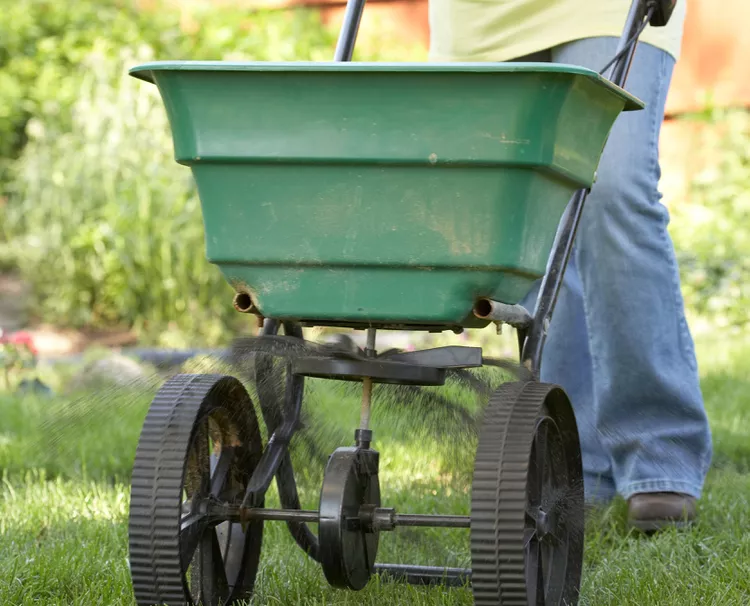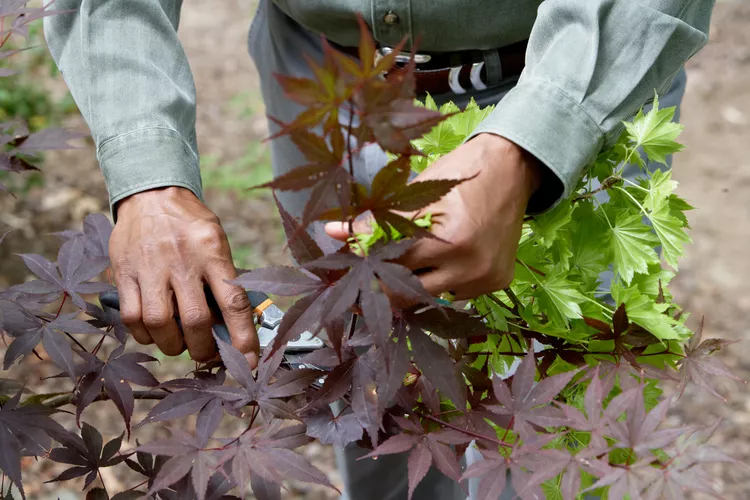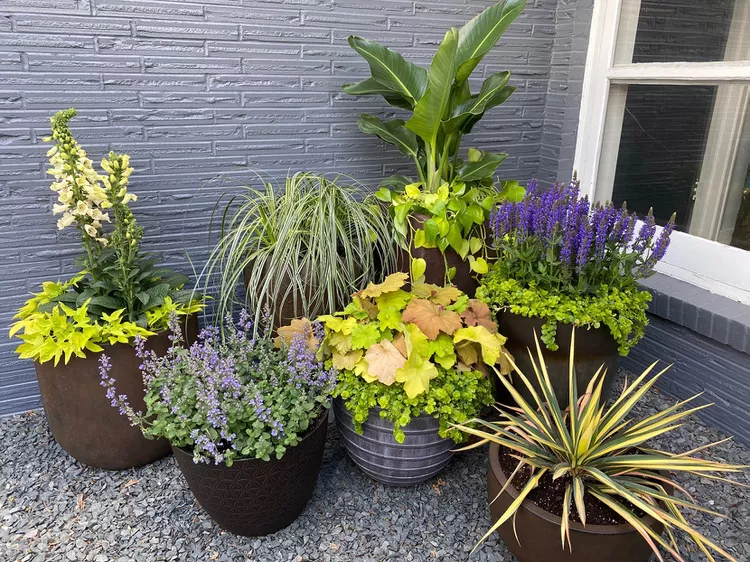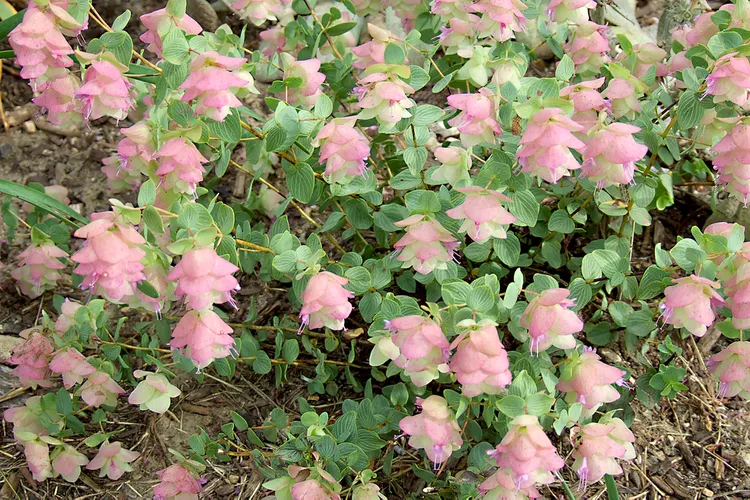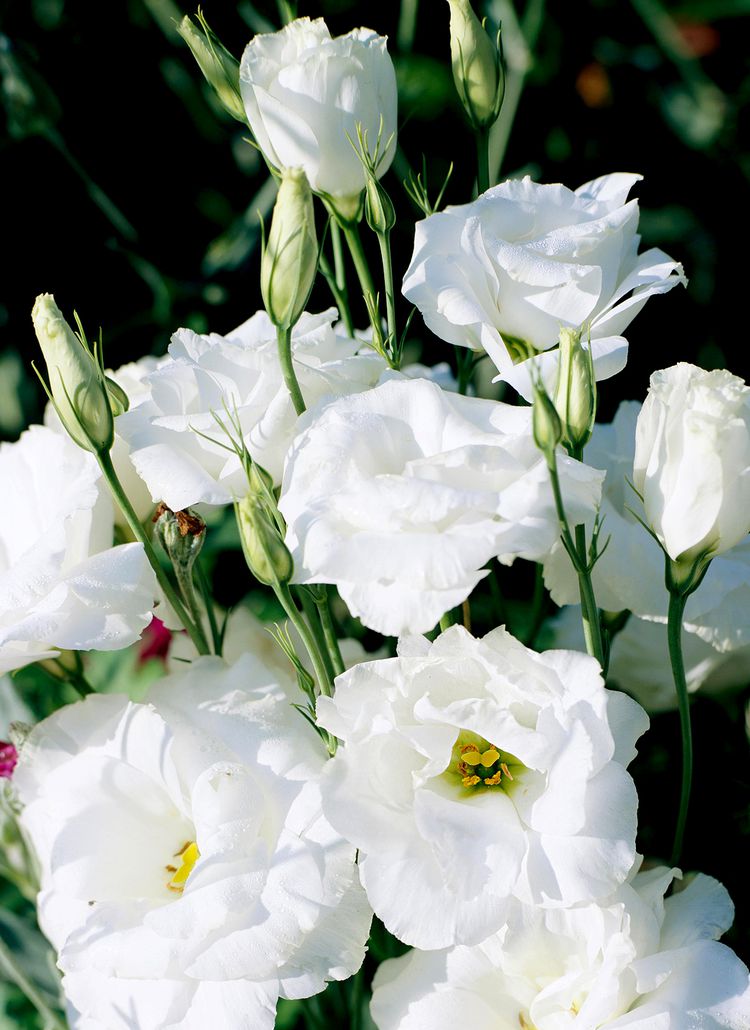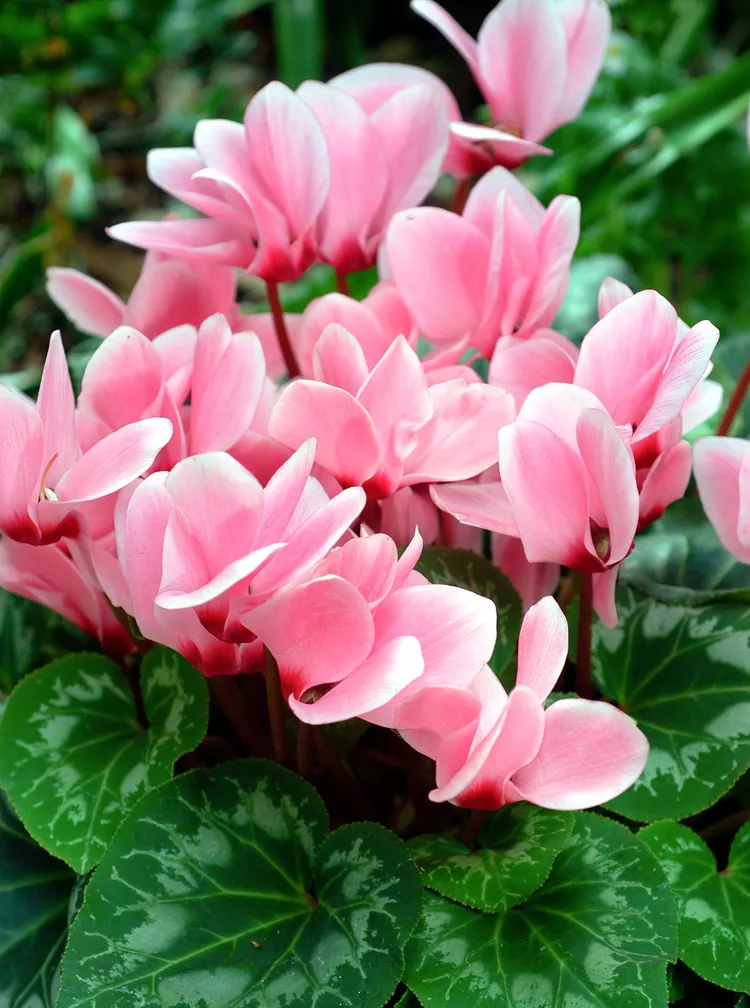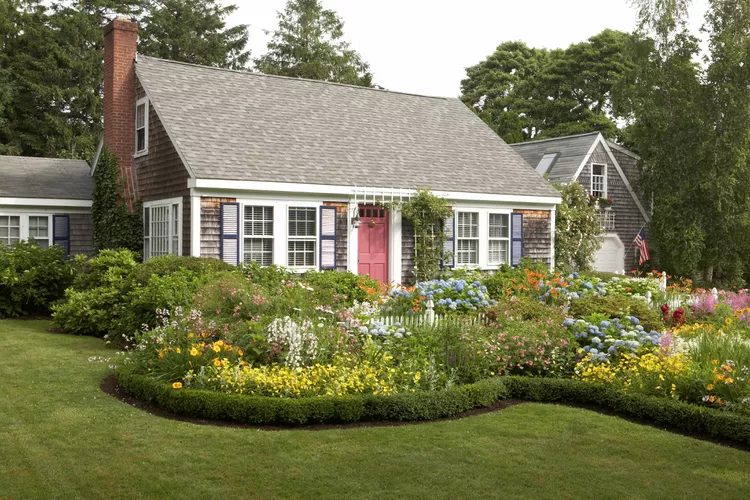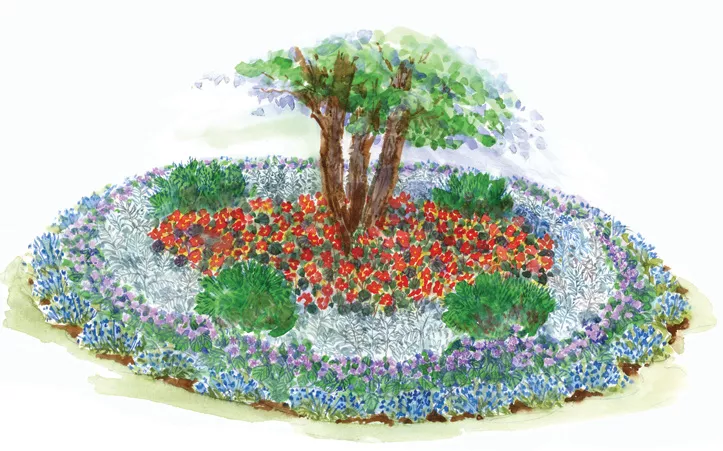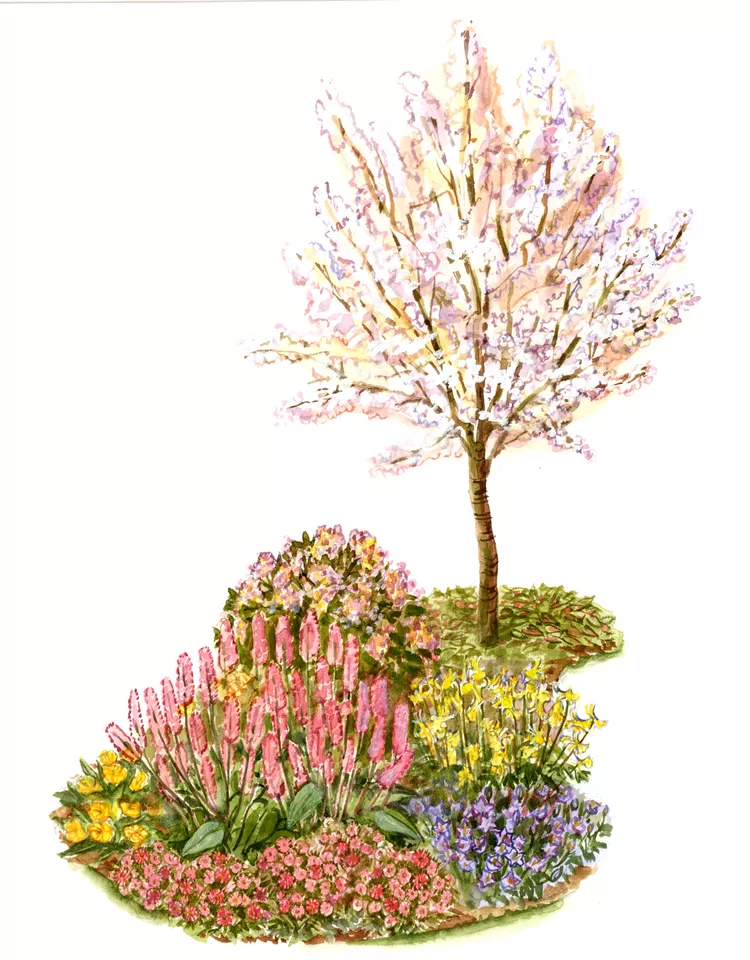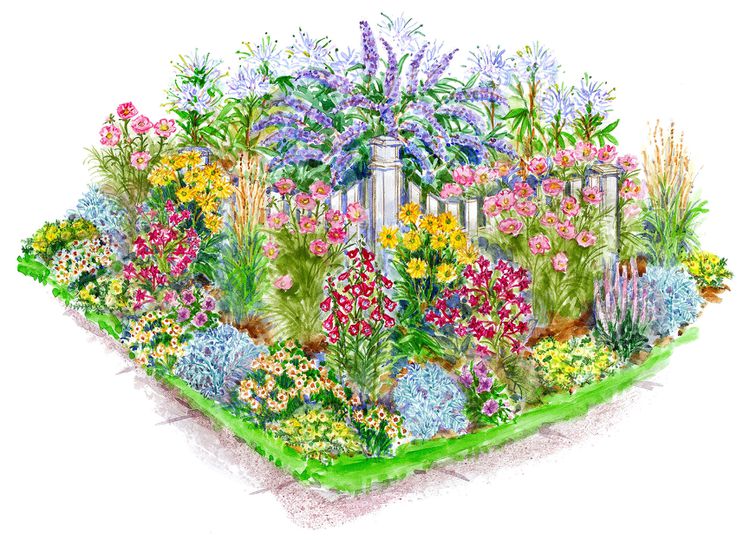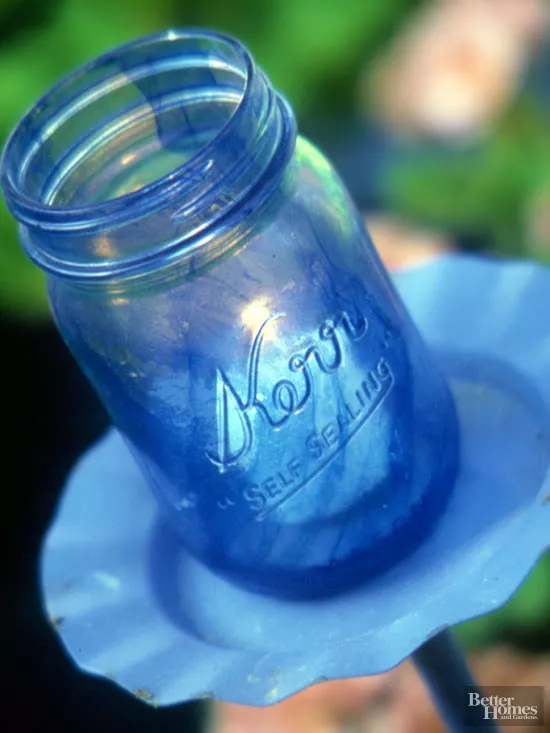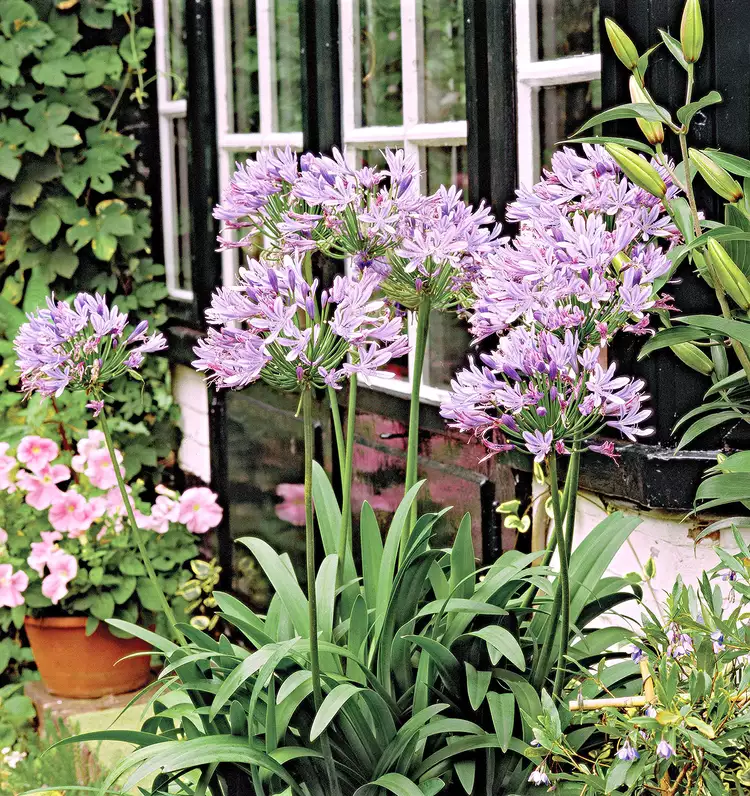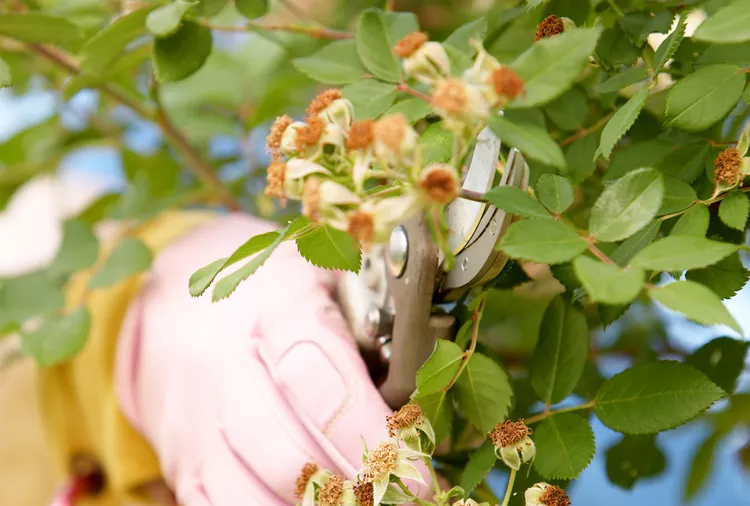In the world of garden design, there's a natural and fascinating solution to a common nuisance: dragonflies and damselflies. These delicate yet powerful insects can be your garden's best friends when it comes to getting rid of pesky mosquitoes. Let's explore how you can attract these beneficial creatures to your yard and create a more enjoyable outdoor space.
Dragonflies and damselflies are not only beautiful to watch but also voracious predators. They have an insatiable appetite for mosquitoes, with some species capable of eating hundreds of these blood - sucking pests in a single day. This makes them a natural and eco - friendly alternative to chemical mosquito repellents.
To understand how to attract dragonflies and damselflies, we first need to look at their life cycle and habitat preferences. These insects go through a process called incomplete metamorphosis, which includes three stages: egg, nymph, and adult. The nymph stage is spent in water, where they are also active predators, feeding on mosquito larvae and other small aquatic organisms.
One of the most important steps in attracting dragonflies and damselflies is to create a suitable water source in your garden. A small pond is ideal, but even a large container filled with water can work. The water should be relatively shallow, with a depth of about 12 to 18 inches. It's important to include some aquatic plants in the water, such as water lilies, cattails, or submerged oxygenating plants. These plants provide shelter for the nymphs and also serve as egg - laying sites for the adult insects.
When choosing plants for your pond, consider a variety of species. Floating plants like duckweed can provide shade and cover, while emergent plants that grow out of the water, such as rushes, offer perches for the adult dragonflies and damselflies. The edges of the pond should be gently sloping, allowing easy access for the insects to enter and exit the water.
In addition to the water source, the surrounding area of your garden also plays a crucial role. Dragonflies and damselflies need open spaces to hunt. They are attracted to areas with plenty of sunlight, so make sure your garden has some sunny spots. You can also plant tall grasses and wildflowers around the pond. These plants not only add beauty to your garden but also provide hiding places for small insects, which in turn attract dragonflies and damselflies.
Some specific plants that are known to attract these insects include coneflowers, black - eyed Susans, and bee balm. These colorful flowers produce nectar, which is a food source for adult dragonflies and damselflies. The pollen and nectar also attract other small insects, creating a rich food web in your garden.
Another important aspect is to avoid using pesticides in your garden. Chemical pesticides can harm dragonflies and damselflies, as well as their prey. By using natural pest control methods, such as companion planting and biological controls, you can maintain a healthy ecosystem in your garden.
Once you've created the right environment, you'll start to notice an increase in the number of dragonflies and damselflies in your yard. Watching these graceful insects darting through the air is a delight for nature lovers. You'll also enjoy the added benefit of fewer mosquitoes buzzing around you.
As the dragonflies and damselflies go about their daily lives, they contribute to the overall balance of your garden ecosystem. They help control the mosquito population, which reduces the risk of mosquito - borne diseases such as West Nile virus and Zika virus. At the same time, they add a touch of natural beauty and wonder to your outdoor space.
In conclusion, attracting dragonflies and damselflies to your garden is a rewarding and environmentally friendly way to enhance your garden design. By providing the right habitat, food sources, and a pesticide - free environment, you can create a haven for these beneficial insects and enjoy a mosquito - free garden. So, roll up your sleeves, start planning your pond, and get ready to welcome these amazing creatures into your yard.


